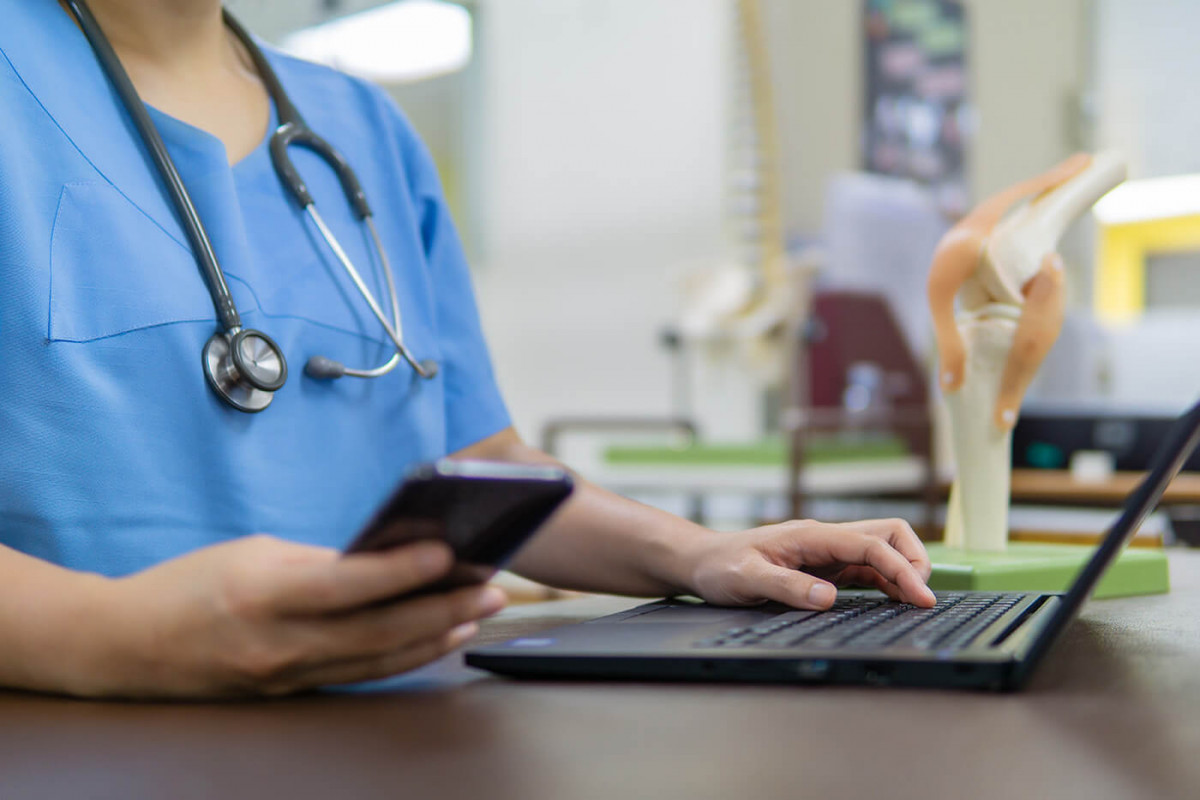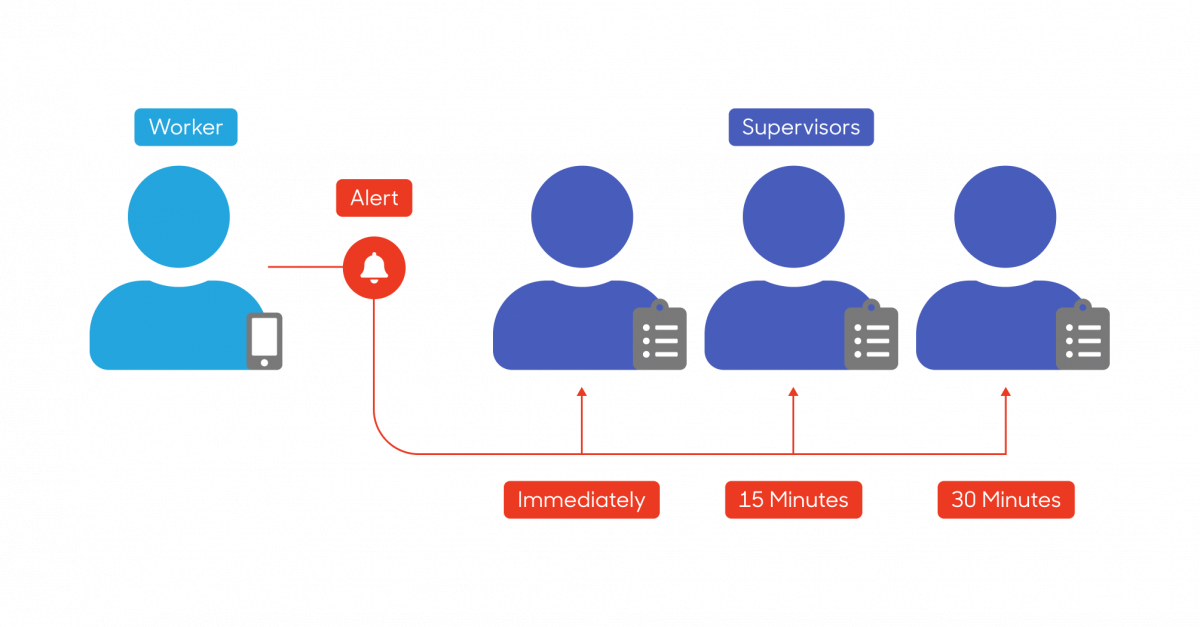
Opinion: Lone worker monitoring - self-monitoring vs professional monitoring
24 May 2022
Lone Worker Safety Monitoring Systems
Why doesn’t GetHomeSafe have compulsory monitoring for its lone worker app? How does self-monitoring your lone workers work? What are the risks (and rewards)? Is it for you?
A key element of any lone worker safety monitoring system for staff working alone, or undertaking high-risk work, is what happens during an actual emergency. This 'monitoring' can be broken down into several key elements:
- Who is notified of the situation, how they are notified, and when they are notified
- The information available to the alert receiver to make a quick and informed decision about what to do next
- The training, policy, processes and audit controls that the alert receiver is working within
When it comes to choosing self-monitoring vs professional, we believe either option is appropriate. So long as you have confidence in these key elements being ticked off, and you are comfortable you are meeting your duty of care.

Why Does Our Lone Worker App Have No Compulsory Monitoring?
It comes from the top, the founder of GetHomeSafe is an avid believer in two things, one is choice. It should be your choice of who monitors your alarms. We don’t want to make that decision for you.
The second is the belief that the best person to respond to an alert about the welfare of an employee, is the person’s direct supervisor or someone with the company. Not a stranger in a distant call centre. This being said, we acknowledge that there are situations where it is not practicable or economic for lone worker alerts to be self-monitored to a high enough standard. Professional safety monitoring can absolutely provide fantastic peace of mind for you and your employees when they work alone.
GetHomeSafe was designed from the ground up to solve the key elements listed above for supervisors. Doing away with the need for professional monitoring altogether. We think (modestly) that we have done pretty well at it.
Fun fact, 80% of users of GHS are self-monitored, 40% use an internal call centre and 60% use supervisors.
How Does Self-Monitoring Your Lone Worker Safety Work?
With GetHomeSafe it works really well. Our lone worker system was designed from the ground up to self-monitor, and our clients love it!
There is a suite of features designed to make self-monitoring of your lone workers work in the real world. Not just in theory because there is a difference!
These self-monitoring features include:
- Three-step escalation tree
- Multiple notification options including phone call alerts
- Business hours vs after-hours settings
- Pre-task lone worker risk assessment
- Follow up requirements
- Follow up processes (step by step of how to respond to each alert type)
- Incident response record keeping
- Full record of all available information including remaining phone battery
- Coverage prediction
- Notes and updates made during the task
- Last recorded location
It is combined in a beautifully presented, intuitive, and mobile-friendly solution that alert receivers and management will enjoy. We have a selection of self-monitoring options you can choose for your application.

Direct supervisors
Team leaders, direct supervisors, or administrators are assigned and configured as 'Alert Receivers'. This is on a team & business unit structure within the account. It includes options at the Team level to create a bespoke alerting experience for individual teams.
A team within the system is simply a group of people. What makes a team unique is who the 'Alert Receivers' are. You can be an 'alert receiver' for multiple teams if needed.
Internal Call Centre
For GetHomeSafe Enterprise users we have an internal call centre solution. Run your own call centre and have all your lone worker alerts configured to the call centre for processing, rather than going to team level configured alert receivers.
We even have the option of mixed teams and call centre monitoring. During business hours, alerts are sent to one option and then the other after hours. This provides flexibility to have either option cover the other when out of normal hours of operation.
What Are the Risks of Self-Monitoring Your Lone Workers?
Missing an alert or responding too slowly
This is a really big risk. An alert is triggered from your lone worker app and it is not responded to, or the response is not quick enough. You are left needing urgent help and no one is arranging assistance. This could be considered a failure of duty of care in lone worker protection. Don’t be scared off by this, most businesses monitor mission-critical things every day. Your lone worker alarms can simply be another one to add to the list. If you have an internal call centre, front desk, ops manager or on-call duty officer up to the task, consider using them as a monitoring resource. They are common personas we see assigned as first receivers for alarms.
Privacy Breach & Harassment
Not something everyone first considers, but by their nature, lone worker alarms and apps collect a significant amount of sensitive (and mostly very boring) information. However, things like GPS tracking logs and audio recordings in the wrong hands can easily be used for things other than the safety purposes that it is intended for. While GetHomeSafe has many controls and audit logs in place to prevent and deter this sort of behaviour, not every lone worker app does. If you are thinking about self-monitoring your lone workers you do need to manage the risk of privacy being breached. This may also include harassment by those with access to the system who have solid training, policy, process and system configuration.
Poor Utilization
Monitoring is not just about responding to emergency alarm activations. It is also about your employees' safety by ensuring they are using their app, device, or panic button when they should be.
Using a managed service provider (like one of our approved partners) will help negate some of the risks around low utilization, and engagement. and return on your investment over time. Some offer additional services around ensuring staff are using the lone worker protections when they should.
Rewards of Self Monitoring
Now onto the good part, what reward do you get out of self-monitoring your staff working alone.
Trust & Team Unity
Nothing builds a team like their employer actually taking steps to knowing the team is OK, they have got their backs and willing to drop everything and help them out in a time of need. This is not something you get by outsourcing your welfare monitoring.
Flexibility & Ownership
Implementing your own lone worker welfare monitoring system comes with significantly more flexibility and a sense of ownership. Due to the staffing requirements of resourcing a 24/7 monitoring station most professional lone worker monitoring providers will require either a fixed term contract or long notice periods. Self-monitoring can enable you to scale up and down your monitoring requirements as you wish and we see many clients winning internal safety awards for taking ownership of their team welfare through self monitoring.
Saving $$$
At the end of the day, the monitoring is normally the expensive part of implementing a lone worker monitoring solution. If you are capable and confident enough to do it yourself, you could be in for some significant cash savings. However, you should factor in the amount of time your internal teams will be occupied with the monitoring and their charge out rate to calculate if you are actually going to be any better off at the end of the day.
Is Self Monitoring Your Lone Worker the Right Thing for You?
There is certainly no hard and fast yes or no. You should take your time and consider the risks and rewards of both options. We hope this gave you some food for thought on which monitoring option will be best for your application.
If you are still unsure about the best option for your team/s, why not have a quick chat with one of our friendly sales team. They will be more than happy to share some insights into both options.